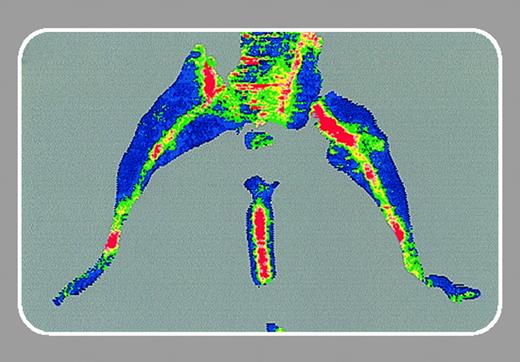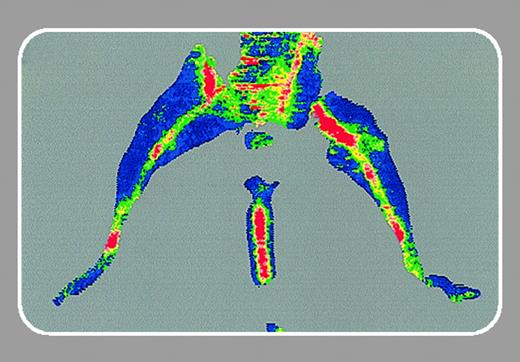Erythropoietin (Epo) is a cytokine most appreciated for its ability to stimulate erythrocyte production, a property that has benefited thousands of patients with anemia. However, Epo receptors occur on various tissues, and studies indicate that the physiologic effects of Epo extend beyond erythropoiesis. One potential target is the endothelial lining of blood vessels, which is important for vascular formation and function. Epo enhances endothelial cell survival and proliferation and stimulates neovascularization in animal models. Hence, Epo could participate in angiogenesis, whereby pre-existing mature endothelial cells are recruited to sites of new blood vessel formation.
Until recently, angiogenesis was believed to be the major mechanism for postnatal neovascularization. This view was altered by the discovery of circulating endothelial progenitor cells (EPCs), which can be incorporated into new blood vessels in a process termed vasculogenesis (Asahara et al, Science. 1997;275;964-967). On page 1340 in this issue, Heeschen and colleagues provide evidence that Epo participates in vasculogenesis. First, they demonstrate that treatment of mice with Epo increases EPC numbers in the bone marrow, spleen, and circulation. Next, they verify that Epo stimulates neovascularization in vivo on implanted discs and in a hind-limb ischemia model. Finally, they show that in patients with ischemic heart disease, serum Epo levels correlate with the number and activity of circulating EPCs. This report, together with prior studies, indicates that Epo enhances both angiogenesis and vasculogenesis. This is especially interesting given that Epo and another vasculogenic/angiogenic cytokine, vascular endothelial growth factor (VEGF), are both up-regulated by tissue hypoxia, itself a potent inducer of neovascularization.
One unresolved question is whether or not Epo acts on EPCs directly, a possibility supported by their expression of Epo receptor mRNA. This can be addressed further in functional studies using mice that express Epo receptor only in erythroid tissues but not on EPCs or endothelial cells (Suzuki et al, Blood. 2002;100:2279-2288). There are also clinical considerations. Drugs that recruit or expand EPCs could improve tissue perfusion in ischemic diseases such as myocardial infarction and stroke (Masuda et al, Cardiovasc Res. 2003;58:390-398). Indeed, Epo appears to limit organ damage in preclinical models for both disorders, either by direct effects on target tissues, through actions on endothelial cells, or both (Calvillo et al, Proc Natl Acad Sci U S A. 2003;100:4802-4806; Brines, Oncology. 2002;16:79-89). On the other hand, Epo-induced erythrocytosis or endothelial cell activation could hypothetically contribute to tissue ischemia by impairing microvessel circulation. Another potential concern is that Epo could enhance the vascular supply to existing tumors, although this has never been demonstrated, despite its extensive use for cancer-related anemia. Overall, Epo is a remarkably safe and useful drug. Further studies on its action in endothelial cells, EPCs, and other nonerythroid tissues are likely to extend its clinical utility.



